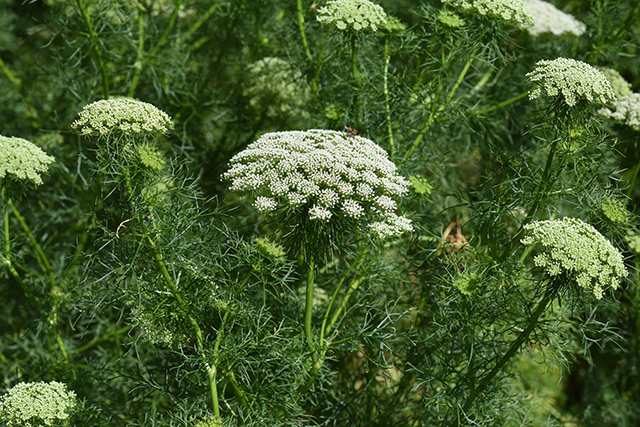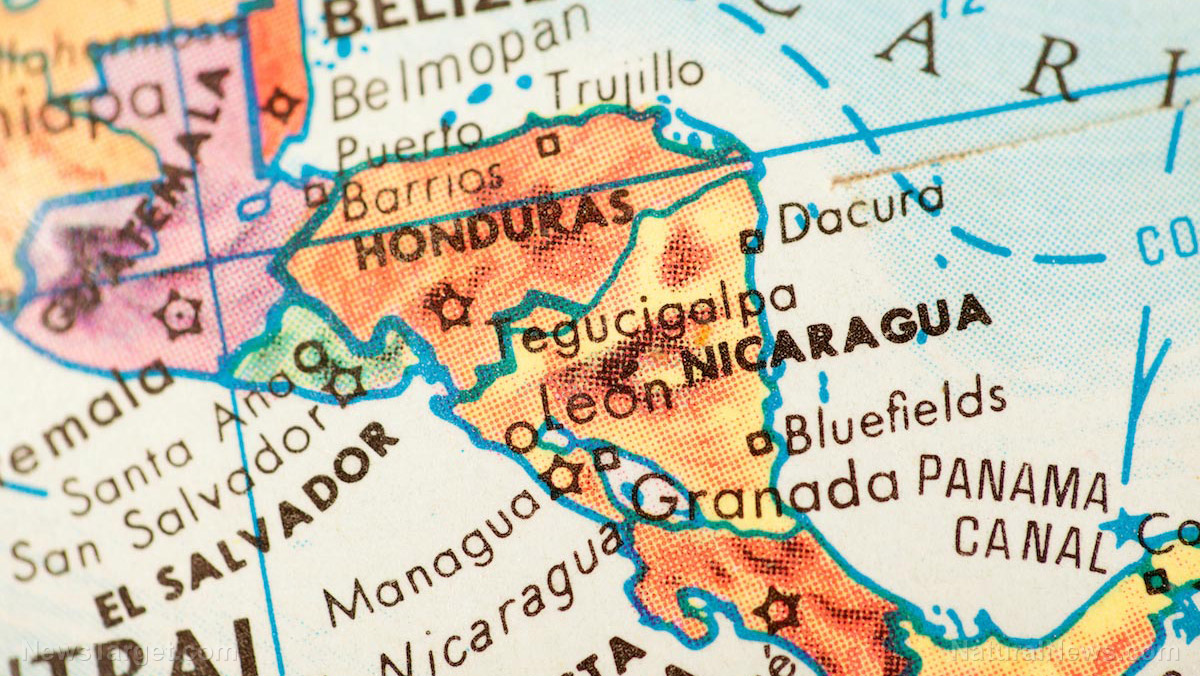Mercury exposure in the oceans is getting worse, causing mercury levels in seafood to rise
06/19/2020 / By Arsenio Toledo

Researchers from Harvard University are suggesting that the levels of methylmercury in fish such as swordfish, cod and Atlantic bluefin tuna have been rising since at least the 197os.
Methylmercury is an organic and highly toxic form of mercury. When people suffer from mercury poisoning, it is usually from ingesting large amounts of methylmercury. One source of methylmercury is seafood.
Many fish are exposed to methylmercury through their diet. Algae and other forms of aquatic life at the bottom of the food chain absorb organic methylmercury. Fish and other aquatic organisms that consume algae absorb this poison and then, when larger fish at the top of the food chain eat those fish, they continue to accumulate methylmercury.
The presence of methylmercury in seafood is very concerning. According to different research, around 82 percent of methylmercury exposure in the United States comes from consuming seafood. (Related: Vaccine ingredient warning: Ethyl mercury in vaccines 50 times more toxic than methyl mercury in fish.)
Methylmercury levels depend on the food that predatory fish eat
As part of their study, the Harvard researchers observed two marine predators – the spiny dogfish and the Atlantic cod – and what they ate from the 1970s up to the 2000s.
The researchers found that the methylmercury levels in Atlantic cod decreased by 6 to 20 percent since the 1970s, and in contrast, the methylmercury levels in spiny dogfish increased by 33 to 61 percent. To explain this large difference, the researchers noted that the diets of both the Atlantic cod and the spiny dogfish have changed over the decades.
During the 1970s, the herring population decreased significantly, especially in the Gulf of Maine in the Eastern United States, due to overfishing. The herring were prey for both the Atlantic cod and the spiny dogfish. Because of this, both species of fish had to turn to other sources of food.
The Atlantic cod began preying on small fish such as sardines and shads. These fish typically have low levels of methylmercury in their systems. The spiny dogfish preyed on cephalopods like squid, which are also predatory species with higher levels of methylmercury in their bodies.
As a result, the methylmercury levels in Atlantic cod decreased, while those in spiny dogfish increased. However, as soon as the herring population in the Gulf of Maine returned to normal by the 2000s, the methylmercury levels in Atlantic cod increased while those in the spiny dogfish decreased.
The Harvard researchers point out that diet is not the only factor that influences the methylmercury levels in predatory fish. They believe that changes in the environment can also lead to the rise in toxic compounds for commonly consumed fish species, such as the Atlantic bluefin tuna.
As their ocean environments change, large fish such as the bluefin tuna need to expand their hunting ranges, meaning that they’re forced to eat a greater number of smaller fish, which leads to a higher intake and accumulation of methylmercury. Their study even found that, between 2012 and 2017, the methylmercury levels in Atlantic bluefin tuna increased by as much as 3.5 percent per year.
Their models also indicate that, if the ocean environments continue to change, the methylmercury levels in spiny dogfish and Atlantic cod could increase by 70 percent and 32 percent, respectively.
How to avoid methylmercury
If you’re a fan of seafood, don’t worry; there are ways to find out if you have mercury poisoning. For starters, here are some of the possible symptoms of mercury poisoning: (h/t to Healthline.com)
- Depression
- Headaches
- Lethargy
- Concentration and memory problems
- Chest pain, or a burning sensation in the chest
- Behavioral changes such as irritability
- Fatigue
- Breathlessness
- Coughing
If you’re experiencing many of these symptoms, and if you have been consuming a lot of seafood, you might need to get your blood, urine or hair tested for mercury exposure.
According to the Mayo Clinic, having up to nine nanograms per milliliter (ng/mL) of blood mercury is normal; 10 to 15 ng/mL of blood mercury indicates mild exposure; and having anywhere above 50 ng/mL of blood mercury indicates extremely heavy exposure. Fortunately, doing a mercury detox can help your body naturally get rid of the toxic heavy metal in your system. You can do this with three simple activities:
- Avoid exposure to mercury – Mercury can come from the food you eat, as well as in your immediate environment. Make the necessary lifestyle changes to significantly reduce your exposure to mercury.
- Drink more water – Mercury can be eliminated from the body through urine. Drinking a couple more glasses of water than recommended each day can help speed up the rate at which mercury exits your body.
- Consume fiber-rich foods – Eating healthy amounts of fiber helps regulate your body’s bowel movements. This helps your gastrointestinal tract move the mercury out quicker.
If your mercury detox does not work, consult with your trusted natural health practitioner for further action.
For more news about the presence of mercury and other heavy metals in food and the environment, visit HeavyMetals.news.
Sources include:
Tagged Under: Atlantic bluefin tuna, Atlantic cod, Ecology, environment, fish, food supply, marine life, mercury, mercury detox, mercury poisoning, methylmercury, ocean health, research, seafood, spiny dogfish, toxic food, toxic ingredients
RECENT NEWS & ARTICLES
COPYRIGHT © 2017 RESEARCH NEWS



















